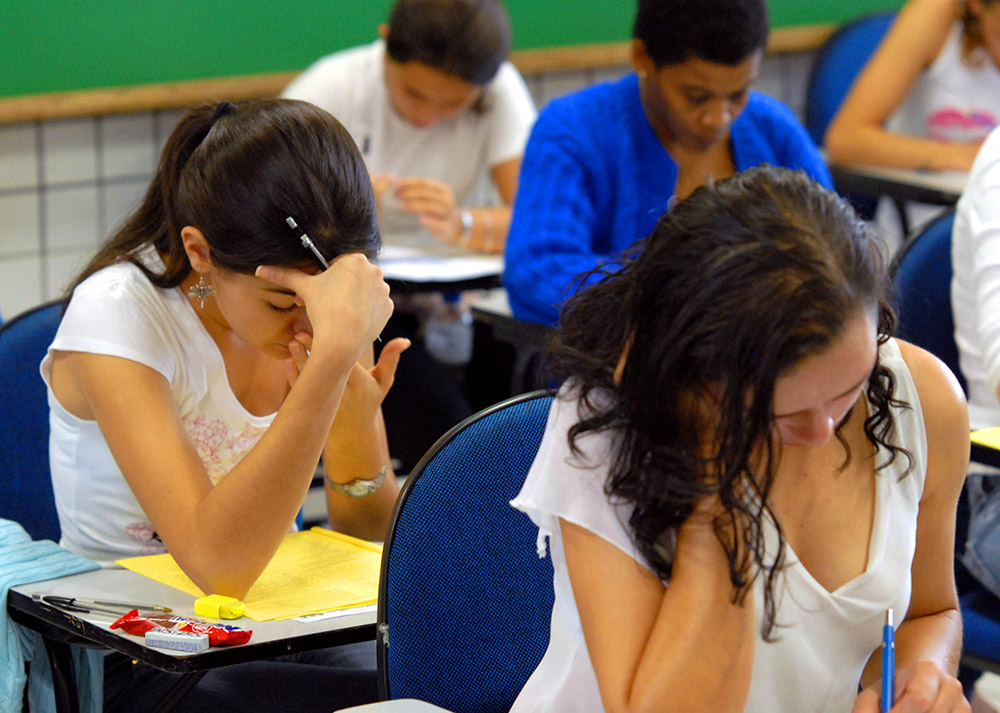On Saturday, March 5, 2016, college hopefuls met with the new face of the SAT. Although the College Board hoped to make the test more fair, educators debate its actual success in achieving these goals.
Declining Popularity
Most current Biola students likely took the dreaded exam in its old form, since it is the most popular of the two standardized tests most colleges accept with prospective student applications. But in recent years, its popularity declined as schools began to question the effectiveness of the SAT and studies determined it a poor predictor of future college performance.
According to the New York Times, students dread the test because of the anxiety it creates and its unclear content. Teachers disliked it because it did not test on classroom curriculum and because the schools’ average scores would receive publication with the blame falling on teachers for poor performance. It seemed to favor the wealthy as their money allowed them to hire tutors and pay for classes that would better prepare their children for the exam.
Major Changes
This year the College Board, the creator of the test, responded to these complaints and changed the exam in a few major ways. For example, they got rid of the guessing penalty and made the essay optional based on the individual college requirement. The essay itself changed as well to match more closely with college-style writing assignments by analyzing a source’s argument instead of writing their opinion on the relationship of failure and success and the like.
According to Kaplan Test Prep’s survey, after the administration of the new test, 60 percent of students said the questions were straightforward, 16 percent thought the material related a lot to their high school curriculum and 56 percent thought it related at least somewhat to their high school curriculum. However, the majority of students still believed the length of the sections proved too tiring.
Increased Availability
Although not a change in the test’s content, the College Board also made the test available during the summer.
However, besides questions regarding how much actual content changed, the new SAT receives the most criticism in its availability. James Murphy, tutoring manager for the Princeton Review, writes in the Atlantic that the SAT’s availability in the summer still favors the affluent. Students in poverty cannot apply early to schools because they have to wait to find out how much financial aid they will receive. Because of this, they usually have to wait until November of their senior year to test.
Additionally, schools sometimes apply a school-day waiver system where the school or government pays for all students to take the SAT during the school year. This would cause lower-income students to take it during this time instead of getting extra time to study during the summer.
Steps in the Right Direction
This also still does not completely solve the problem of wealthier students having access to tutors where poorer students do not. Free online study services like Khan Academy provide help in this area, but not all students learn as well as they could in an online format.
The College Board took a step in the right direction in making the content more direct, but the College Board, educators and policymakers still need to work on how to make higher education and the American Dream more accessible to all.







